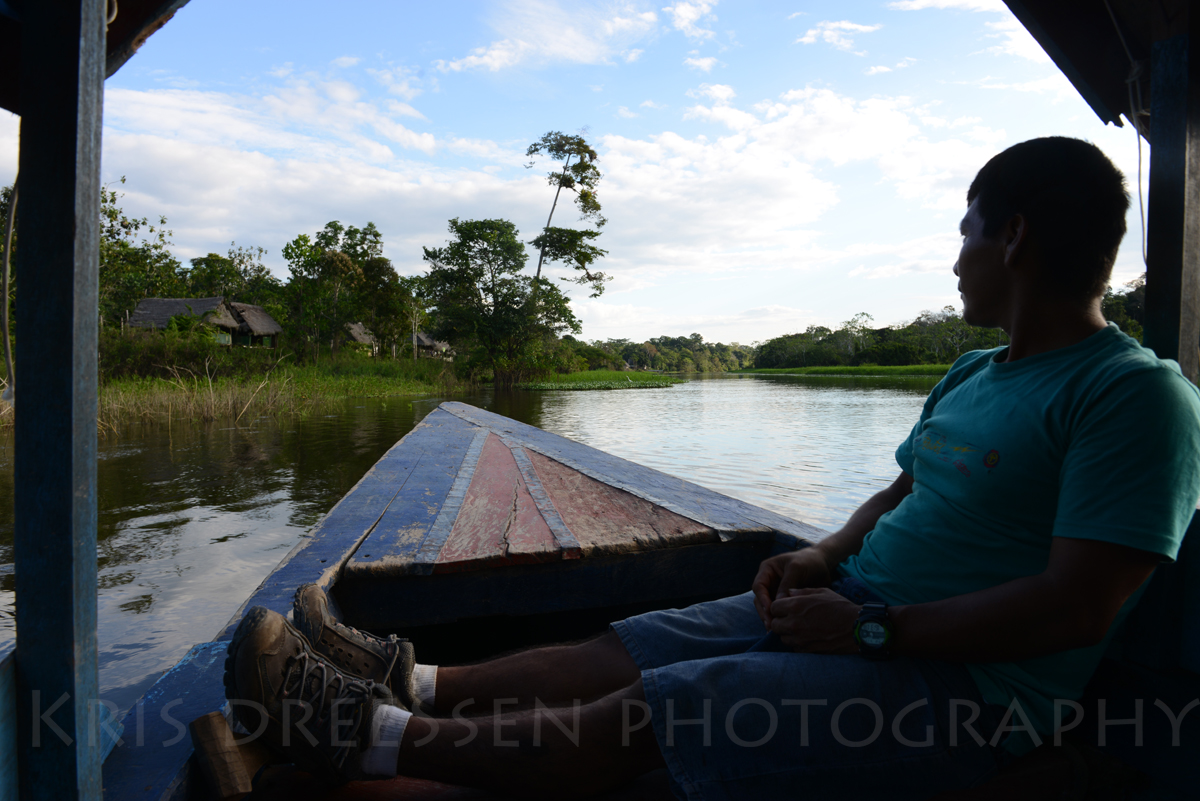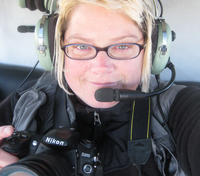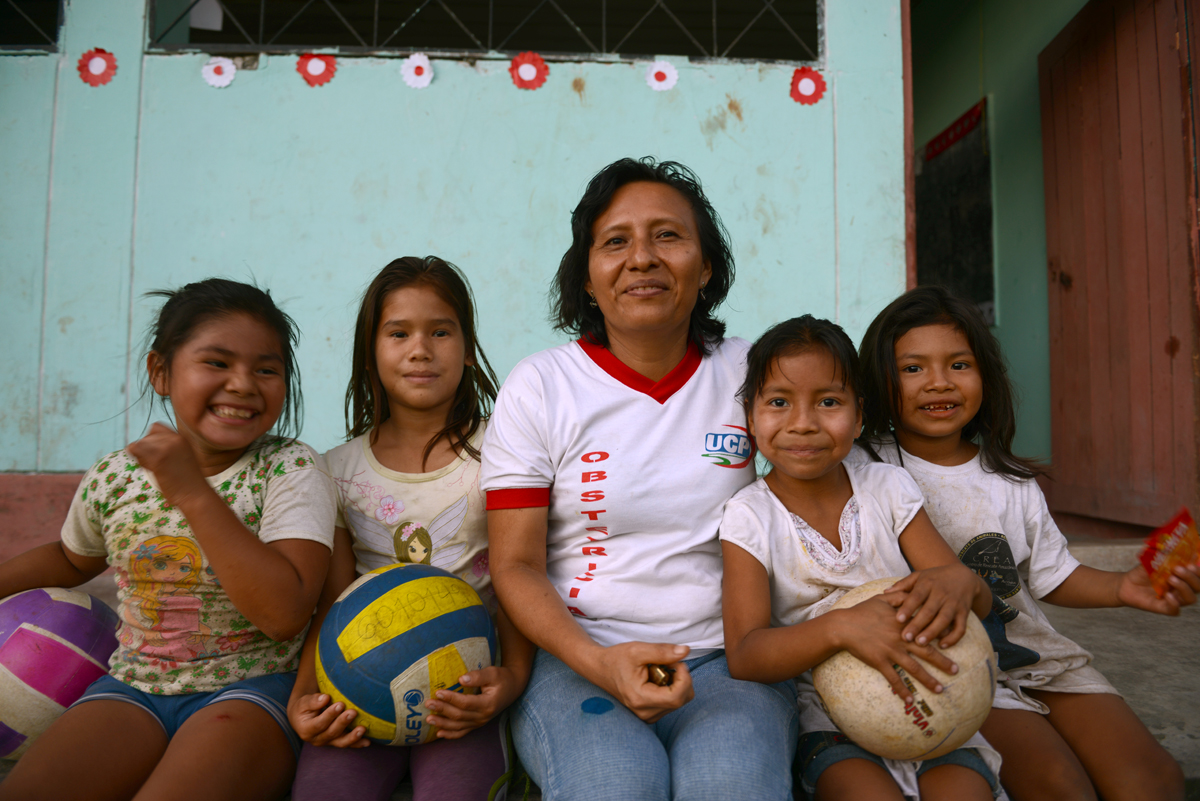
After four hours from the final port town of Nauta, the Maranon River forks and the Yanayacu gives way — a calmer, narrower river in the Peruvian Amazon with bright green reeds nestled on either side.
Another half hour, and the first thatched-roof houses of the small Yanayacou village come to view.
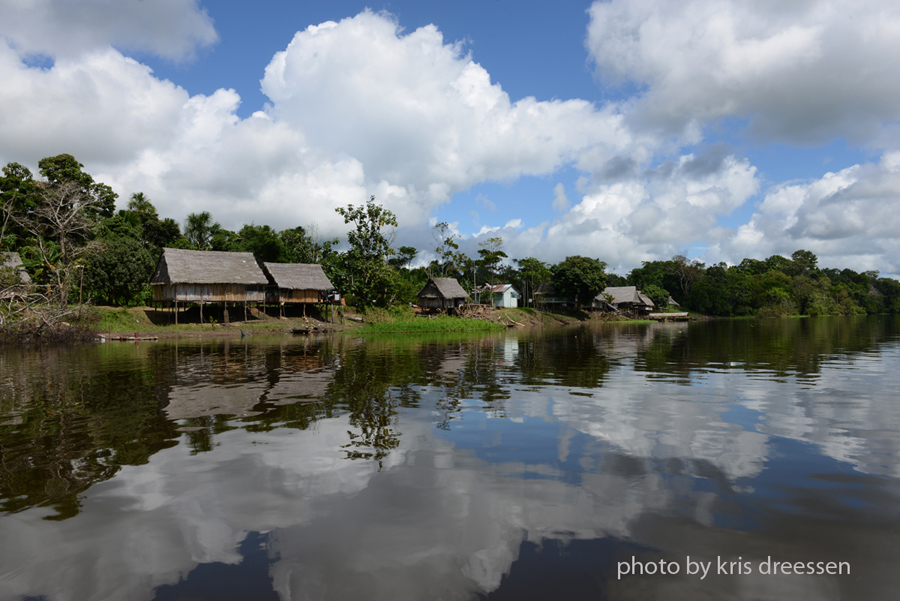
About 100 people live here, in simple one- or two-room homes made of wood harvested from the forest, with roofs made from dried palm fronds from the surrounding trees. As many houses have walls as those that are open, and on raised platforms for the rainy season.
Our guide for four days in the Cocama reserve, Wilder, lives here (his house is behind the two girls), and has spent most if not all of his 36 years in this village, fishing and growing some fruits and crops on land.
I was here in 2006, in Iquitos, where I first launched The Friends Project. Iquitos isis the largest city on earth only reachable by boat.
So many changes. So many people and mototaxis. 1 million people now and a John Deere store and Honda ...
Being able to get OUT and really experience the forest at Amazon Refuge Center with an indigenous guide who grew up in the Amazon and knows it like his backyard was really priceless.
So was visiting his village, four plus hours from any road, car ...
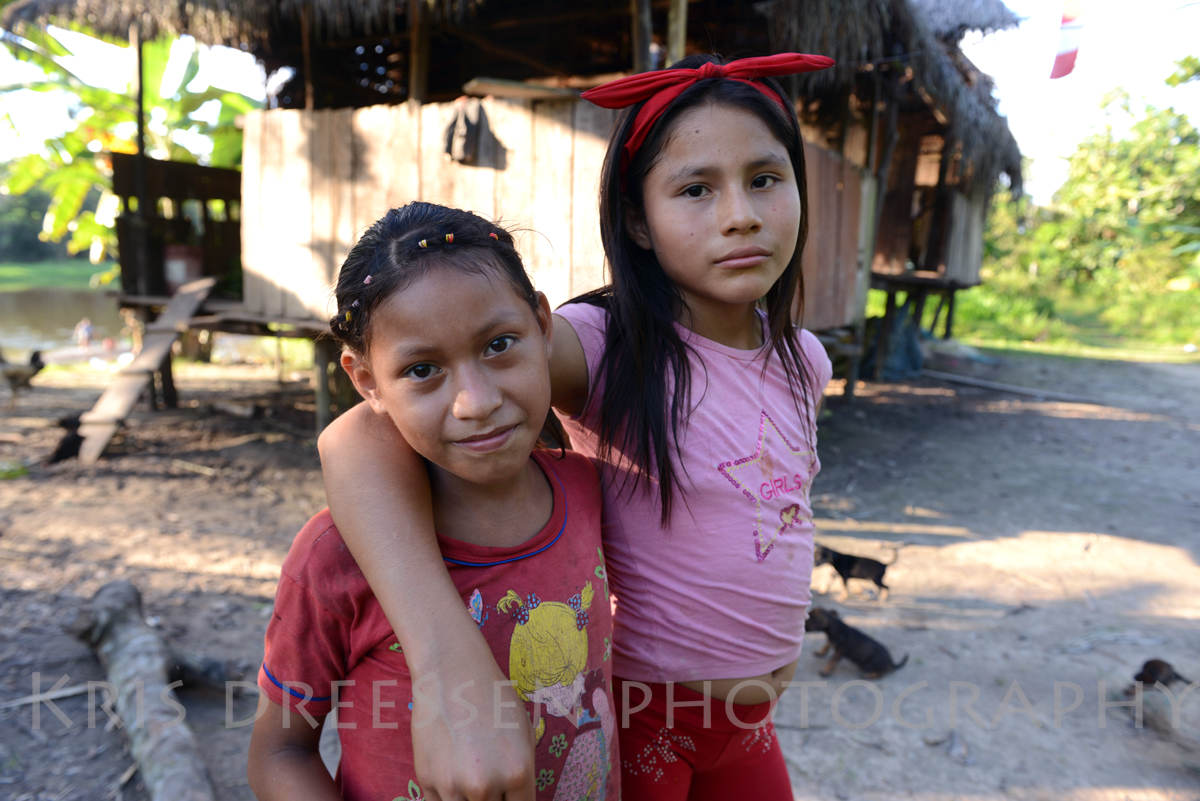
He brought us to visit, walking a long path past about 10 houses to what he jokingly called the Plaza de Armas — a cluster of six or seven houses, the elementary school and a big field where there's several pickup games of soccer happening, at all times of day.
We are greeted at the first house by a woman and her two kids. My three forest-mates have not seen the extended bellies of kids in the Amazon who have parasites from drinking river water, unboiled. Wilder explains and we wave and say hello as they go to the shore to bathe.
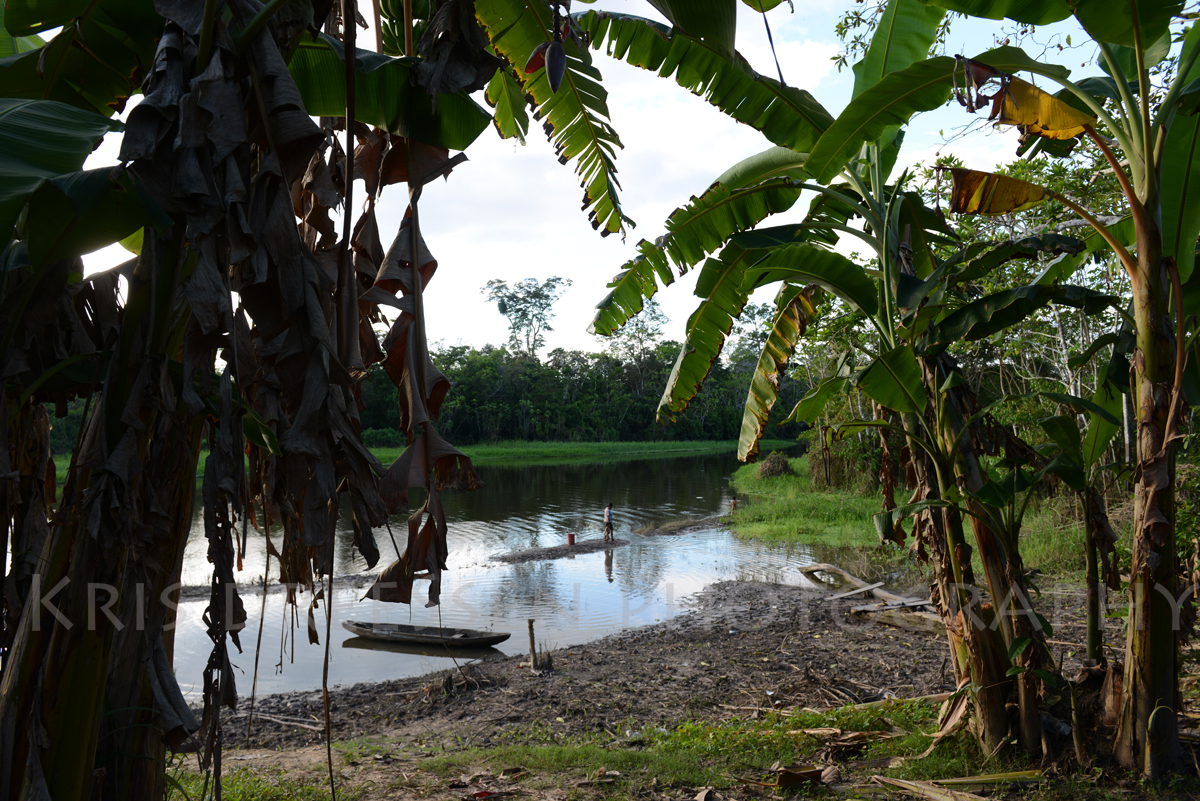
Tourism has been a source of income for a lot of indigenous groups as tourism has become more accessible, especially since I've been to this area in 2006.
Most of the houses we past had a small table set up outside with a teenage girl or 40 or 70 year old woman before it, with necklaces, bracelets and other jewelry or souvenirs made from seeds, shells and other cool things found in the forest.
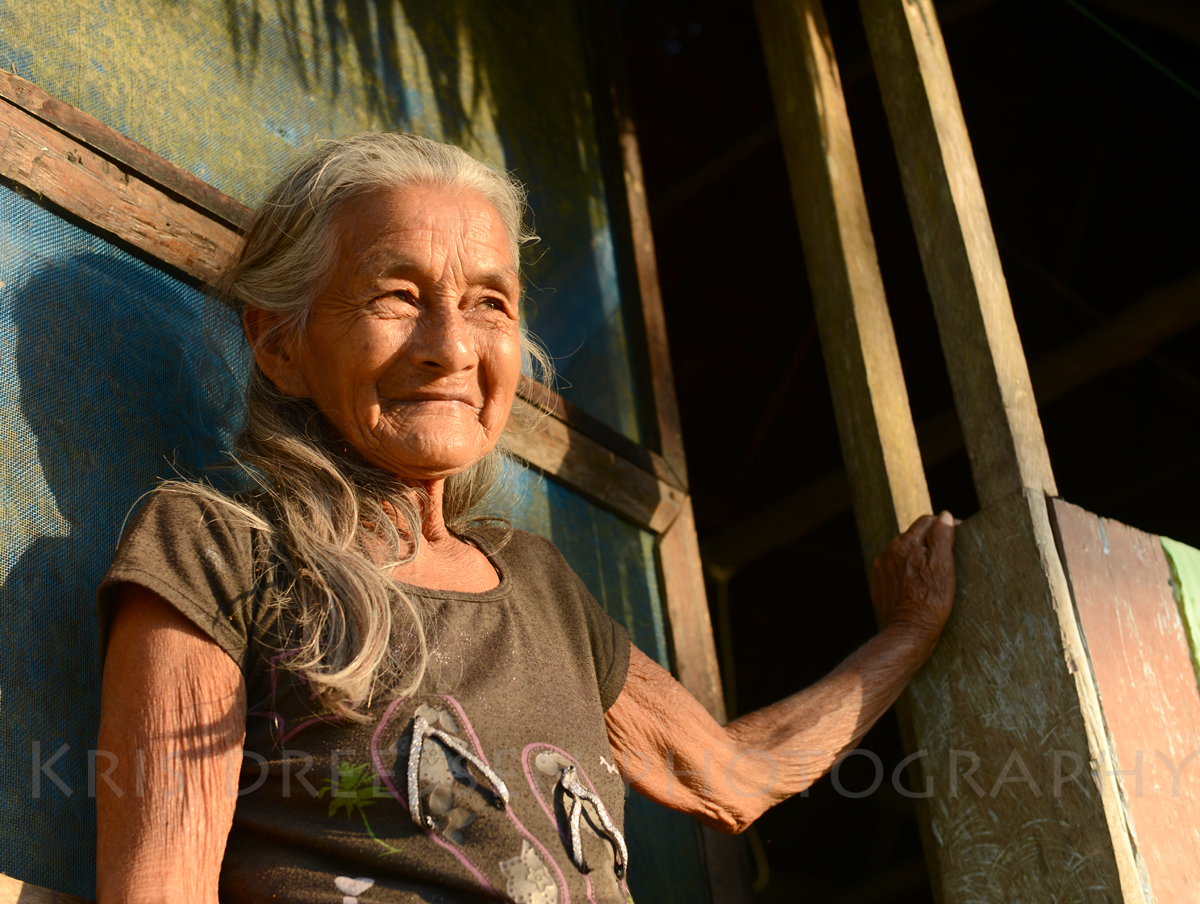
Piranha teeth necklaces; a spine from a boa. That one is really cool, and I love snakes, but can't get myself to wear the bones of something I don't want killed. No one eats the boas.
We visited the shaman, whose house was alos a sort of store, and that was neat. I'd never met one before.
The Cocama have their own language, spoken by about 2,000 people, but speak Spanish now. Practice of a shaman, who is an expert of natural medicine and spiritual leadership, is alive and well, part of the culture that survives.
At the school, we played some soccer with the kids, and I talked to the teacher, Gladys Gonzales, who seems to really like teaching in the remote community, despite it's limitations, challenges and distance - like 6 hours - from Iquitos, where her family is.
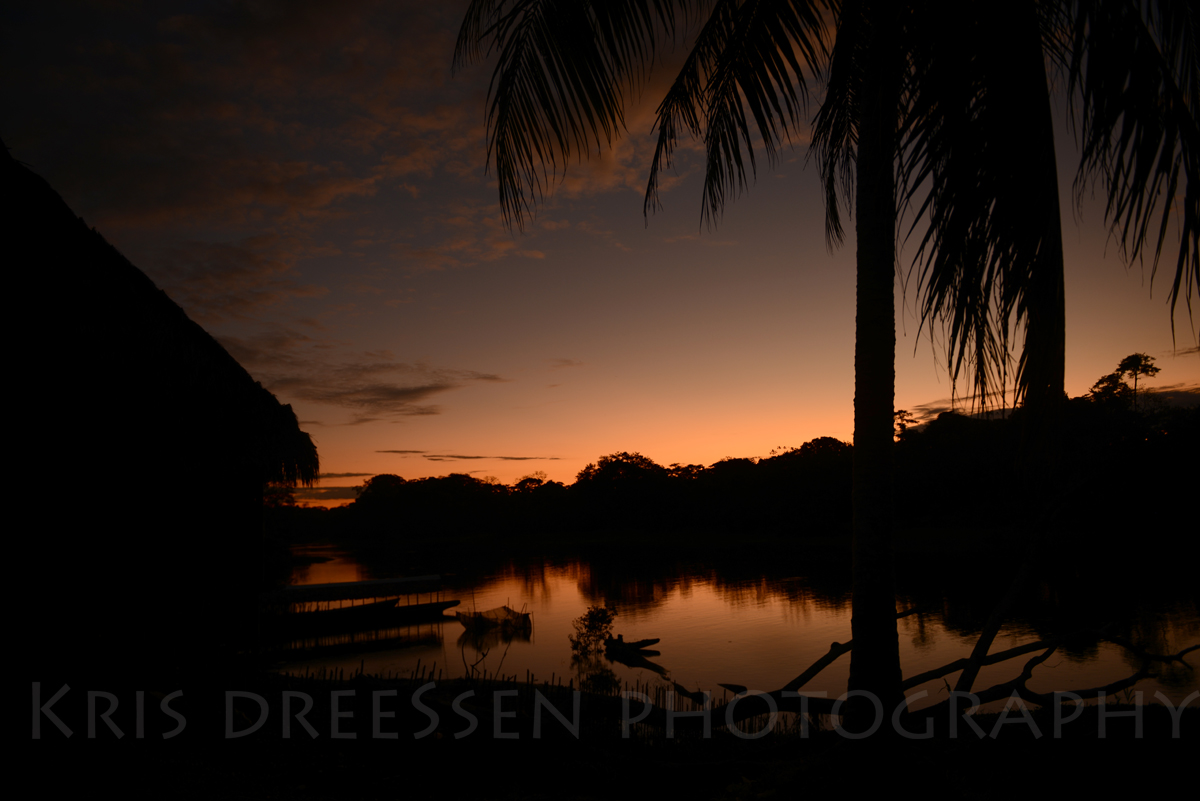
Out here, they have books and other support from the government but it also takes forever to get things approved and done and delivered. Much more than in Iquitos, with 1 million people and a ton of mototaxis showing the growth.
If she's sick, there is no school. No one is around to cover.
She has learned to be resourceful, and sometimes she finds herself an the kids at odds with sometimes lackluster interest from parents.
The kids, for the most part, have what they need. They use seeds and fruits and plants from the forest for dyes and paints and as part of her plan, she teaches them about the environment and conservation.
There are a lot of settlements in the Amazon. IN 1991, the first time I went, it was a shock. This community runs a communal reserve, in which I spent four days learning about animals, trying coconut grubs and other food found in the forest, and doing so far away from other people.
They only fish here and take their catches to the markets in Iquitos and Nauta to sell. They pat them with salt for preservation. These communities fascinate me. HOw they can have the amazon as a backyard, and be so comfortable in it. I am jealous. There. I said it.
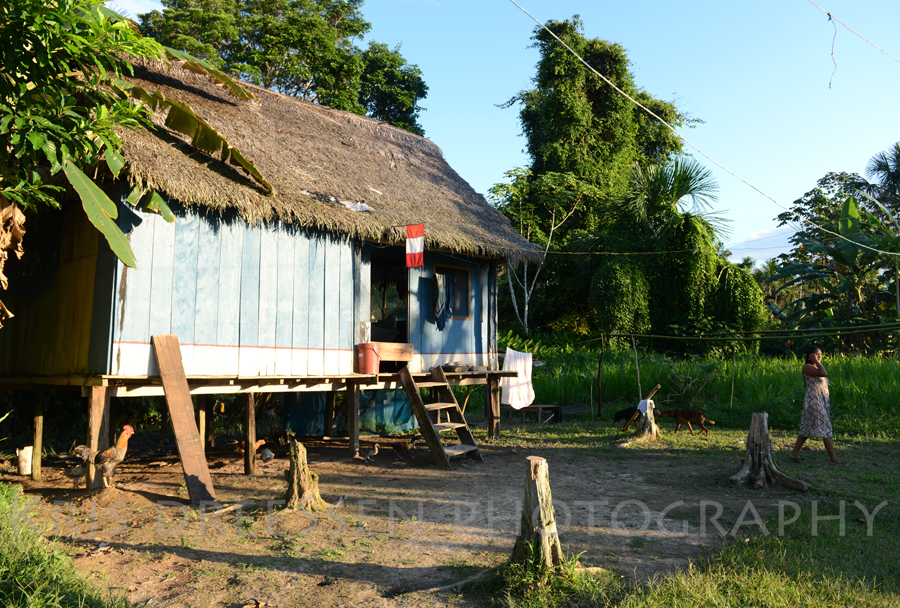
Our guide, Wilder, on the boat. It's his house you can see. He lives in Iquitos during the dry season. When tourists come to the Amazon Refuge center and he's a guide, he's in Iquitos.
